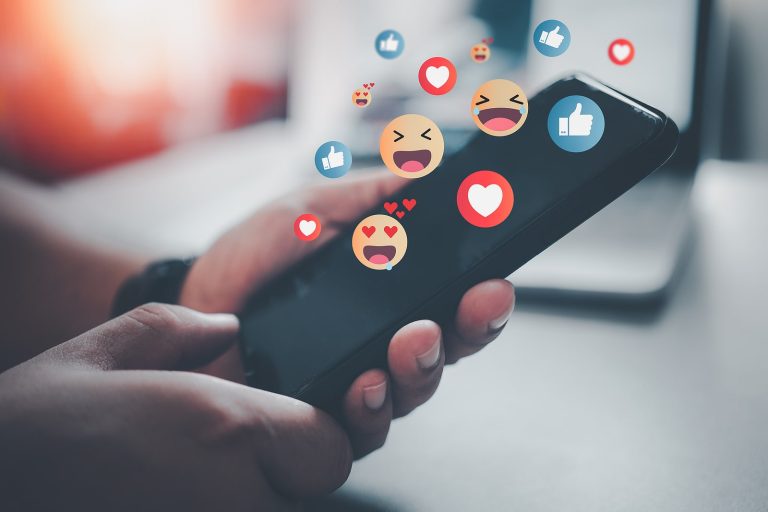Marketing Moves That Look Small – But Deliver Big (Examples You Can Copy)
Let’s be honest – most local business owners are drowning in marketing advice that sounds impressive but delivers jack squat in actual results.
You’ve probably sat through those coffee meetings where some “guru” talks about brand positioning, customer journey mapping, and omnichannel strategies until your eyes glaze over. Then you go back to your business and wonder: “But what do I actually DO tomorrow?”
Here’s the truth nobody wants to admit: The marketing moves that transform businesses aren’t the big, fancy campaigns. They’re the small, unsexy tweaks that most people overlook.
I’ve spent years watching local businesses blow their budgets on complete marketing overhauls when tiny, strategic adjustments would have doubled their results at a fraction of the cost.
Today, I’m sharing the best micro-moves that deliver macro-results. These are the changes that my clients implement in a single afternoon but talk about for years afterward because of the revenue they generate.
The $0 Website Tweak That Doubled Phone Calls
Picture this: A local plumber’s website was getting decent traffic but hardly any calls. The problem wasn’t their service, their reputation, or even their website design.
It was a single button.
Their “Call Now” button was the same blue color as their logo and website accents. It blended in perfectly with their branding. And that was exactly the problem.
The fix? We changed that button to a bright orange that deliberately clashed with everything else on the site. Conversions jumped 87% in the first week.
Why it works: Your brain physically cannot ignore contrast. While design harmony might win awards, strategic discord wins customers.
What you can copy: Take your primary call-to-action on your website and make it visually “wrong.” If your brand is blue, make the button orange. If your site is minimalist, make your contact form the one place where you go big and bold. The visual disruption forces attention.
The 15-Minute Email Tweak That Resurrected Dead Leads
A real estate agent I worked with had an email list of 2,300 past inquiries that hadn’t converted. These were people who had expressed interest but never pulled the trigger. The list was essentially dead – the last campaign had an open rate under 10%.
Instead of writing some clever new campaign, we did something much simpler: We changed the sender name from “Riverside Realty” to “Emma Johnson” (the agent’s actual name).
The subject line? “Quick question about [neighborhood name]” with the neighborhood personalized based on their original inquiry data.
The body of the email was three sentences long and looked like it was personally typed out on an iPhone.
Open rate? 72%. Response rate? 31%.
Why it works: People do business with people, not brands. The corporate facade actually harms trust, especially for local businesses where personality is your competitive advantage.
What you can copy: Stop hiding behind your company name in communications. Use your personal name as the sender, write subject lines that look like they came from a friend, and keep emails conversational. Bonus points: End at least one email with a genuine question requiring a response.
The Strategic Review Request That Built a Reputation Moat
A local florist was struggling to stand out against bigger competitors with more Google reviews. Instead of begging every customer for reviews (the usual approach), they made one tiny change to their request process.
They identified their four most impressive arrangements – the ones that always got compliments – and placed a small card in only those deliveries that said: “If this arrangement made someone’s day, we’d love to hear about it,” with a QR code linked directly to their Google Business profile.
The result? Their review volume decreased slightly, but the quality and specificity of reviews skyrocketed. New reviews mentioned specific arrangements by name and included details about the recipient’s reaction. Within three months, they ranked #1 for “best flower delivery” in their city.
Why it works: Review algorithms (and human readers) prioritize specificity and detail over quantity. By cherry-picking your review requests for your absolute best work, you create a feedback loop of your highest-value services.
What you can copy: Stop the review spray-and-pray approach. Identify the 20% of your products or services that genuinely impress customers, and focus your review requests exclusively on those experiences.
The Photo Swap That Increased Walk-Ins by 63%

A small café spent thousands redesigning their website with professional food photography. The pictures were beautiful – perfectly lit croissants and artfully steamed lattes that belonged in magazines.
Yet, walk-in traffic barely improved.
On a whim, the owner replaced the homepage hero image with a smartphone photo of two regular customers laughing at a table, coffee mugs in hand. It wasn’t perfectly lit. You could see some clutter in the background. It looked… real.
Walk-ins increased 63% in the following month.
Why it works: Customers aren’t buying your product – they’re buying the experience of having your product. Professional product photos showcase what you sell. Amateur experience photos showcase how your product makes people feel.
What you can copy: Replace at least one professional product photo on your website with a genuine customer experience shot. Don’t stage it. Don’t filter it. The authenticity is what sells.
The Social Post Formula That Gets Screenshots
A local tax preparer was posting the usual mix of tax tips and deadline reminders on social media. Engagement was predictably dismal. Who wants to think about taxes in their social feed?
She switched to a simple formula for one post a week: “The thing nobody tells you about [common financial situation].” Then she’d share a specific, slightly controversial insight that went against conventional wisdom.
Example: “The thing nobody tells you about home office deductions: For most people, they’re not worth the audit risk. Here’s what to do instead…”
These posts got 5x the engagement of her regular content. More importantly, clients started mentioning them during consultations, saying, “I screenshot that post you did about home offices.”
Why it works: People are drowning in basic tips they could find anywhere. What they crave – and what they’ll remember you for – are the insider insights that challenge what “everyone knows.”
What you can copy: Once a week, share something that goes against the grain in your industry. Not to be contrarian, but to provide genuine insight that most people in your position aren’t brave enough to say publicly.
Small Moves, Big Results: The Pattern
Looking at these examples, a pattern emerges. The most effective small marketing moves target one of three psychological triggers:
- Attention – Creating visual or cognitive disruption that forces notice
- Trust – Stripping away corporate facades to reveal authentic humanity
- Value perception – Reframing how people view what they get versus what they pay
Most local businesses waste time on marketing that hits none of these triggers. They blend in visually, hide behind business names and jargon, and fail to clearly articulate their true value.
The beauty of these small moves is that they require almost no budget, minimal time, and zero special skills. You don’t need a marketing degree to change a button color, sign your own name to an email, or take a candid photo of happy customers.
What you do need is the courage to be slightly uncomfortable – to make that button clash, to show your real workspace, to state the industry truth that others won’t say.
In marketing, comfort equals invisibility. And for a local business, invisibility is death.
So start small. Pick one move from this list that resonates with you. Implement it this week. Then watch what happens when you stop marketing like everyone else and start making moves that actually matter.







